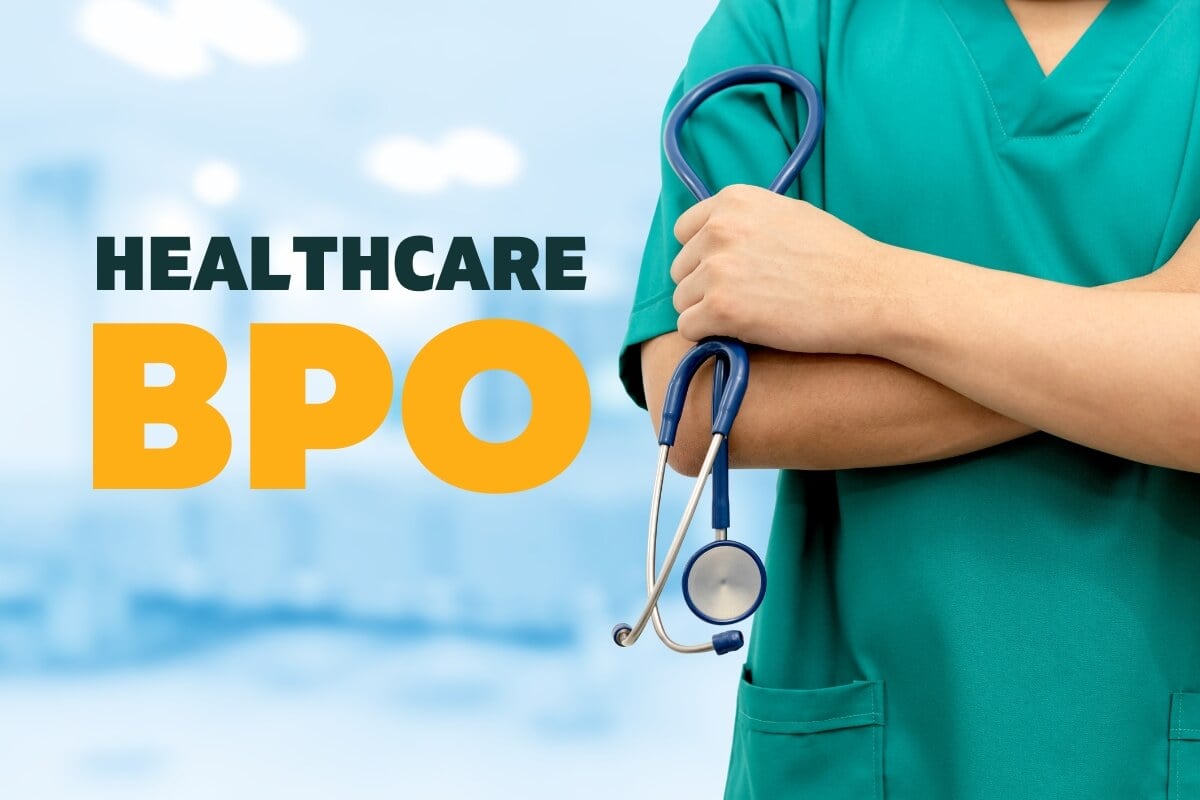A Comprehensive Overview on Just How Medical Care RCM Works to Streamline Payment and Collections
Browsing the complexities of health care profits cycle management (RCM) is critical for providers intending to enhance their invoicing and collections processes. The guide unloads the complexities of RCM, from patient registration to accounts receivable management, using understandings right into enhancing each action.
Recognizing Earnings Cycle Management
RCM is an essential administrative feature that includes the entire economic procedure of individual care, from the initial visit setting to the last repayment of the equilibrium. It is a complicated procedure made to determine, gather, and handle the income from the services given to individuals.
The RCM procedure begins when a patient timetables a visit and extends through the client's care trip, consisting of invoicing and collections. A key goal is to decrease the time in between obtaining and providing a solution payment, therefore boosting the organization's monetary health. RCM includes numerous functions such as person registration, insurance verification, cost capture, coding, claims entry, repayment posting, and dealing with allures and denials.
Secret Components of RCM
In the realm of Earnings Cycle Management (RCM), understanding its crucial parts is fundamental to achieving financial effectiveness within health care companies. RCM is an extensive procedure that incorporates various stages, each essential to making sure reliable billing and collections. The key components consist of client enrollment, insurance coverage confirmation, fee capture, coding, claim entry, settlement uploading, and balance due management.


As soon as coded, claims are submitted to payers, where precision is extremely important to prevent denials or delays - Healthcare RCM. Payment posting involves recording the gotten settlements, which enables the reconciliation of accounts. Finally, receivables monitoring concentrates on monitoring and attending to unsettled insurance claims, making sure timely follow-up and resolution
Each element of RCM is interconnected, and inefficiencies in any part can disrupt the entire cycle. Therefore, grasping these components is important for doctor to optimize earnings and enhance their monetary wellness.
Techniques for Efficient Billing

Standardizing billing procedures throughout the organization is another crucial approach. Establishing clear guidelines for paperwork, coding, and entry assists keep consistency and conformity with regulative requirements. Educating personnel routinely on these procedures guarantees everyone is current with the most current modifications in billing codes and payer plans.
Accurate fee capture is vital in stopping income leakage. Carrying out regular audits and monitoring systems permits the identification and correction of disparities before they affect earnings. Furthermore, maintaining open lines of interaction with payers assists to quickly settle any kind of disagreements or misunderstandings that may develop.

Lastly, engaging patients early in the payment procedure by offering clear estimates and educational products regarding their monetary obligations can substantially minimize confusion and improve payment timeliness. These methods collectively contribute to an extra effective and financially healthy payment system.
Enhancing Collections Procedures
A robust collections process is crucial for maintaining economic stability within medical care organizations. Provided the complexities of clinical billing and the range of payer requirements, improving the collections process includes executing strategic actions that guarantee accurate and timely settlement of services provided. Central to this is using innovation to automate and enhance processes, decreasing manual errors and enhancing efficiency. Automation devices can aid review in tracking insurance claim standings, sending out timely tips to people, and handling rejections extra efficiently.
Educating personnel to comprehend the subtleties of insurance coverage and invoicing codes is similarly necessary. This expertise equips them to More Help attend to invoicing inconsistencies swiftly and interact efficiently with clients regarding their economic obligations. Moreover, transparent and clear patient interactions are critical. Giving in-depth explanations of fees and using versatile repayment plans can boost individual complete satisfaction and timely payments.
Normal audits of the collections process ought to be performed to determine areas for enhancement and guarantee compliance with guidelines. By evaluating data, medical care organizations can determine trends, expect potential concerns, and adapt approaches as necessary (Healthcare RCM). Eventually, a well-enhanced collections process not only sustains financial health but additionally contributes to a much more smooth experience for clients and team alike
Optimizing Income Streams
Structure upon the foundation of a solid collections process, medical care organizations can even more bolster their economic security by tactically enhancing income streams. This includes a multi-faceted strategy, beginning with a thorough analysis of existing income sources to recognize inefficiencies and locations for development. Utilizing innovative data analytics devices makes it possible for organizations to get understandings right into payer mix, patient demographics, and service usage patterns, enabling data-driven choices that boost revenue capture.
Executing automated invoicing systems can significantly decrease errors and speed up insurance claims refining, ensuring that profits is accumulated extra efficiently. Additionally, enhancing payer agreements with routine arrangements can enhance reimbursement prices and terms, directly influencing the lower line. Diversifying service offerings, such as including telehealth or health care, can likewise attract a wider person base, hence raising earnings possibility.
One more important element is enhancing person involvement and satisfaction, as completely satisfied individuals are a lot more likely to stick to therapy plans and make timely payments. Offering adaptable repayment options and clear invoicing methods can enhance collections and foster client loyalty. Healthcare RCM. By adopting these strategies, health care organizations can produce a much more durable financial structure, ensuring continual growth and security in an ever-changing industry landscape
Verdict
Finally, medical care Profits Cycle Management (RCM) plays a crucial duty in optimizing payment and collections processes by incorporating vital parts such as patient enrollment, insurance confirmation, cost capture, coding, declares entry, and accounts receivable monitoring. By employing sophisticated technology, standardizing treatments, and fostering individual engagement, doctor can considerably lower claim rejections, accelerate settlement cycles, and enhance capital. This comprehensive method to RCM inevitably causes improved financial effectiveness and sustainability for medical care companies.
The RCM procedure begins when a patient routines a visit and expands via the client's treatment her response trip, including payment and collections.Another critical part is improving person engagement and fulfillment, as completely satisfied patients are a lot more most likely to stick to treatment strategies and make prompt repayments. Offering versatile payment options and transparent billing practices can improve collections and foster patient commitment.In verdict, medical care Earnings Cycle Monitoring (RCM) plays an important role in optimizing billing and collections procedures by incorporating crucial elements such as client registration, insurance verification, charge capture, coding, claims submission, and accounts receivable administration. By using advanced technology, standardizing procedures, and fostering client engagement, health care providers can considerably decrease claim rejections, increase repayment cycles, and improve cash circulation.
Comments on “Exactly How to Implement Healthcare RCM for a Smooth Earnings Cycle”